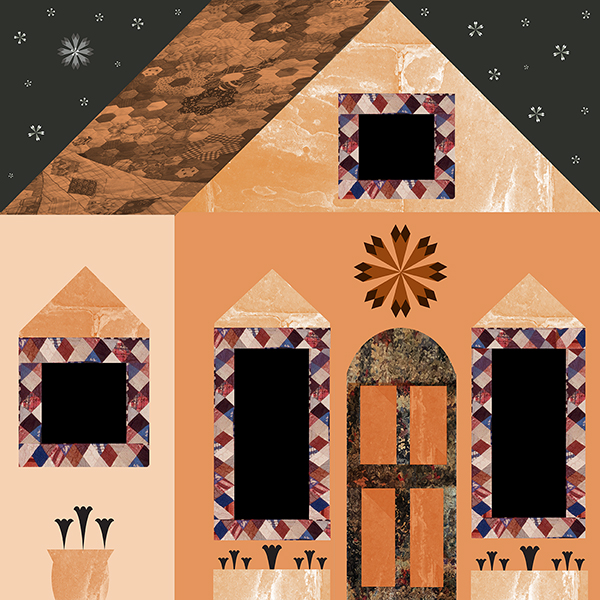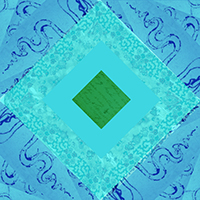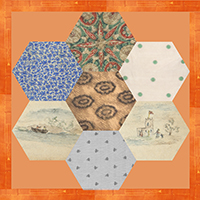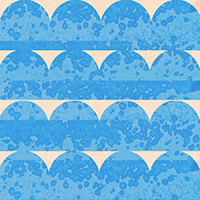The Web of Childhood play blocks and banners
I created a set of puzzle block for visitors to the Brontë Parsonage Museum. The work is dispalyed in the Old School House and is accompanied by two large fabric banners. The work draws inspiration from various objects within the Brontë Parsonage Museum. Immersing myself in the Parsonage, I aimed to adopt a childlike perspective, whether imagining the view of a young visitor or one of the Brontë children themselves.
For children, everyday objects can transform into fantastical elements; a kitchen chair might become a castle, and a worn stone floor could evoke the rugged moors. I wondered if the Brontë siblings envisioned similar transformations and played with these surroundings. My exploration extended to other shapes and forms from the Parsonage, which I used to craft imagery and characters.
















Death, a recurring theme in Victorian life due to shorter lifespans, is represented by a skeleton.The Brontë children had to deal with death from an early age - they lost a sibling and their mother whilst young and then none of them lived beyond 40, making their legacy and achievements all the more remarkable. The idea of making the most of our limited time is emphasised with a quote from Shirley, on the pink banner accompanying the blocks.The banners deliberately reference the wall hangings seen in churches and hand sewn banners displayed at demonstrations.
The Brontë sisters voiced their views on a number of subjects through the characters in their writing. In ‘Shirley’ by Charlotte Brontë there is a constant narrative about a woman’s right and need to work. In Jane Eyre (Charlotte Brontë) and Wuthering Heights (Emily Brontë) there are what we would term now, ‘eco-feminist’ themes. Nature or ‘wildness’ is used to symbolise feminine freedom. The weather is a constant metaphor for the mood of the characters or the political and social landscapes they inhabit. With this in mind, I incorporated textures and colours from the natural landscape in all of the artwork on the blocks and banners.
Toy soldiers, a recurring motif in the Brontë children’s history, are represented on one side of the blocks. These figures invite us to consider the social impact of the Brontës’ stories. What causes might they champion today? Gender equality, peace, environmentalism, social justice? These themes, relevant in their time, remain urgent and meaningful now.
The banners include quotes from Charlotte Brontë: “We have none of us long to live…let us help each other as best we can,” from Shirley, and “I have no relative but the universal mother, nature,” from Jane Eyre. These words, whether reflective of the Brontë children’s upbringing or Charlotte’s later insights, continue to resonate powerfully today.





Inspired by a quilt in Mr Brontë’s bedroom, I embraced the notion of piecing things together in my work. Quilts are more than decorative; they often carry personal stories. I pondered who might have made this quilt and whether its scraps once belonged to the Brontë family.

